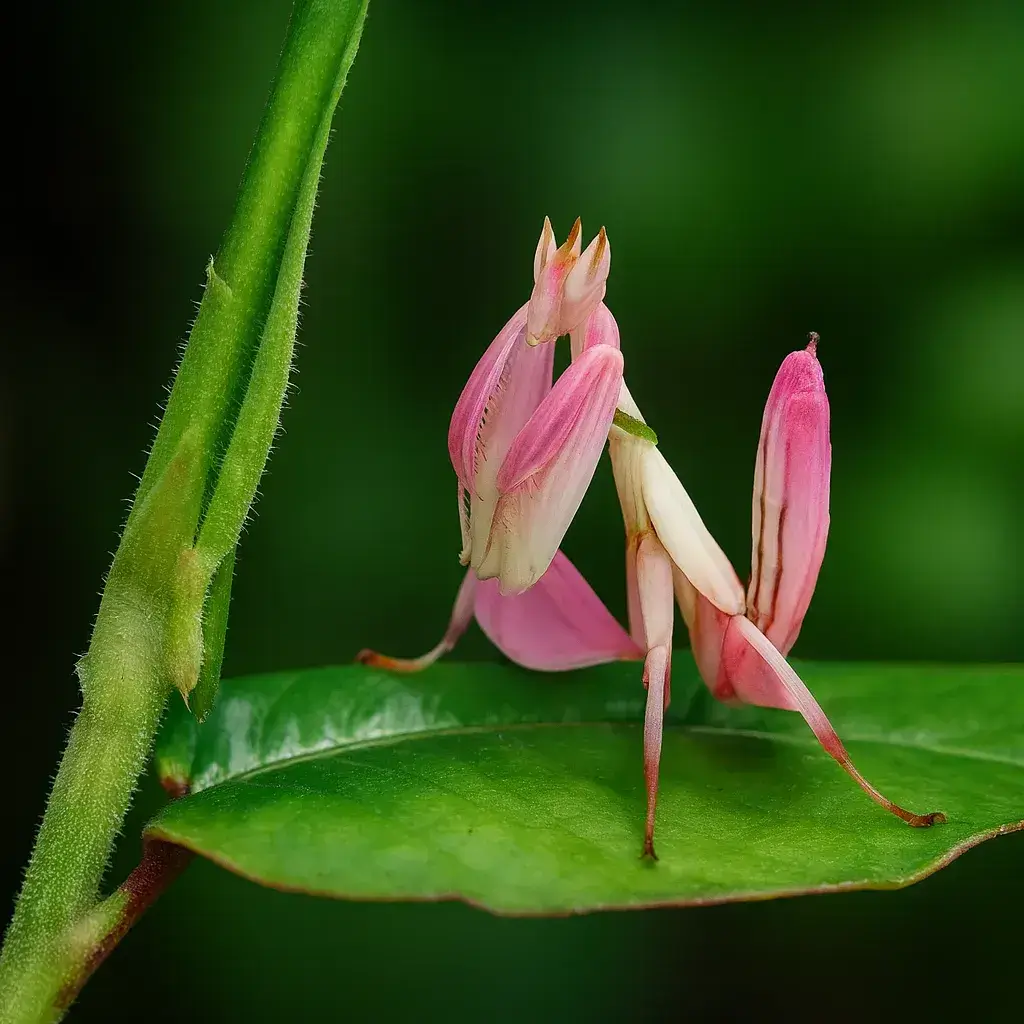When it comes to understanding trauma, the language you use matters. Western psychology and neuroscience talk about trauma in terms of nervous system responses, attachment styles, and brain pathways. Daoist medicine and healing arts describe it in terms of qi, yin and yang, organ systems, and cycles of nature. At first glance, these worlds couldn’t be further apart.
But both are trying to map the same human experience: what happens when life overwhelms us, and how those wounds shape us going forward. Each perspective shines a light on different parts of the picture. If you only look through one lens, you miss pieces of the whole. If you can hold both, you get a more complete map—and more options for healing.
This section is about exploring how East and West each understand trauma, where they overlap, where they diverge, and how they can inform each other.
The Western View of Trauma
In the West, trauma is most often framed through psychology and neuroscience. Key ideas include:
- Nervous system responses. Fight, flight, freeze, and fawn are survival states hardwired into the body. Trauma happens when these states get stuck, replaying long after the danger is gone.
- Attachment theory. Early relational wounds shape how we connect as adults. Avoidant, anxious, disorganized styles are adaptations to unsafe caregiving.
- Brain and body. Trauma reshapes brain wiring and floods the body with stress chemicals like cortisol. Over time, this dysregulation contributes to anxiety, depression, chronic pain, and autoimmune conditions.
- Therapeutic tools. Modalities like somatic experiencing, EMDR, and polyvagal-based approaches target the nervous system directly, helping people release stuck survival energy and regain regulation.
The Western view grounds trauma in biology. It validates survivors by showing trauma isn’t “all in your head.” It’s in your nervous system, your hormones, your immune function. That clarity is powerful.
The Daoist View of Trauma
Daoist medicine comes from a very different worldview. Instead of isolating systems or chemical reactions, it sees the human being as an ecosystem—body, mind, and spirit woven into the rhythms of nature.
Through this lens:
- Qi is the life force that animates us. Trauma scatters, stagnates, or depletes qi, leaving the system unbalanced.
- Organ systems connect emotions, physiology, and spirit. For example, the Heart relates to joy and clarity, the Kidneys to fear and will, the Liver to anger and vision. Trauma leaves imprints across these systems.
- Yin and yang describe balance and flow. Trauma throws you into extremes: too much heat, too little reserve, collapse into yin or burnout into yang.
- The five elements offer archetypes of imbalance: Wood rigid and angry, Fire scattered, Earth collapsed, Metal closed off, Water frozen in fear.
- Cycles and rhythm matter. Trauma often disconnects people from daily and seasonal rhythms. Healing restores alignment with natural flow.
The Daoist view reframes trauma not as disorder, but as imbalance—patterns that can shift through cultivation and practice.
Points of Overlap
At first glance the languages don’t match, but the experiences often line up.
- Nervous system dysregulation (Western) parallels qi stagnation or scattering (Daoist).
- Attachment wounds mirror Heart–Pericardium–San Jiao imbalances, where connection and trust are disrupted.
- Identity fragmentation echoes Heart–Kidney misalignment, where consciousness and deep will fall out of sync.
- Hyperarousal and collapse resemble yang excess and yin deficiency swings.
- Somatic therapies and movement practices like qigong both release stored survival energy.
These aren’t perfect one-to-one matches, but they’re resonances. Seeing the parallels helps survivors recognize that both traditions are naming the same truths in different tongues.
Points of Divergence
There are also real differences.
- The Western view tends to be reductionist, breaking trauma down into parts—nervous system states, chemical pathways, brain regions. Daoist healing is holistic, seeing the person as a whole system moving in cycles.
- Western psychology is cautious about spirit or meaning, focusing on measurable biology. Daoist healing assumes spirit (Shen) is central, and that disconnection from spirit is itself a form of trauma.
- Western therapy often happens in an office, in dialogue. Daoist healing is often practice-based: breathing, movement, ritual, food, cycles.
These differences don’t have to be contradictions. They’re reminders that no single map can explain everything.
Why Both Matter
If you rely only on Western models, you might get clear explanations for your symptoms but miss the larger sense of meaning, connection, and spirit. If you rely only on Daoist models, you might gain insight into flow and balance but risk floating into abstraction without the grounding of modern science.
Together, the two perspectives give you:
- Validation of trauma’s reality in your biology.
- Frameworks for meaning and spirit that go beyond biology.
- Tools that range from clinical therapy to daily self-cultivation.
That combination is powerful. It’s not about picking one side, but about letting each perspective bring what it does best.
A Survivor’s Lens
For those healing from childhood complex trauma, East and West can feel like two sets of tools for the same work.
From the West, you get language for what happened: dysregulation, attachment wounds, survival states. That clarity helps you stop blaming yourself.
From Daoist healing, you get a sense of how to live with what remains: how to restore balance day by day, how to work with energy directly, how to connect back to cycles of nature and meaning. That inspiration helps you not just understand, but actually cultivate change.
Put together, the two remind you: trauma isn’t your identity. It’s a set of patterns—biological, emotional, energetic—that can shift.
Final Thoughts
East and West describe trauma differently, but both are trying to name the same human reality. One gives you the science of survival. The other gives you the language of balance and spirit. Both matter.
Holding these perspectives side by side won’t always be tidy. Sometimes they overlap, sometimes they diverge. That’s okay. Healing itself isn’t tidy either.
The point isn’t to force them into perfect agreement. The point is to let them expand your vision, to give you more ways to see yourself, and more ways to move toward balance, connection, and wholeness.


